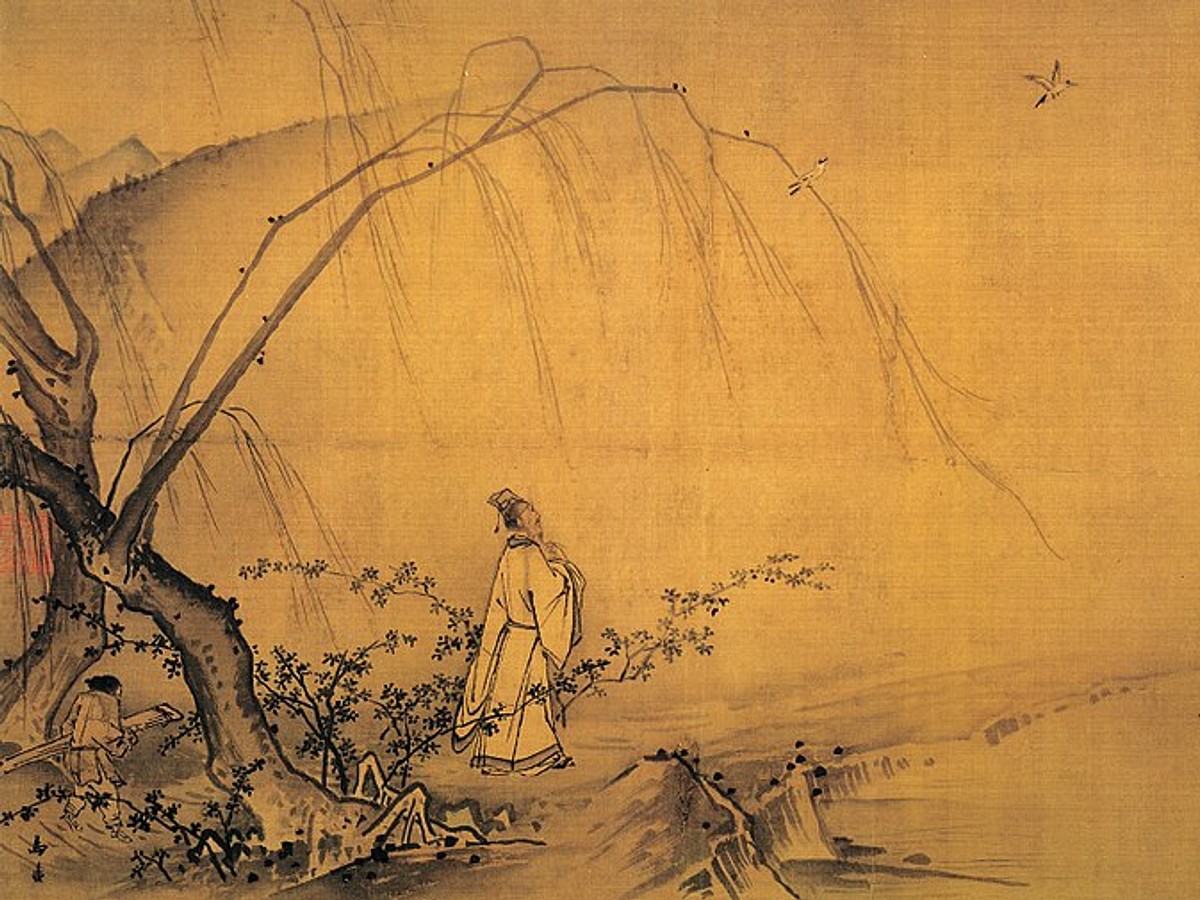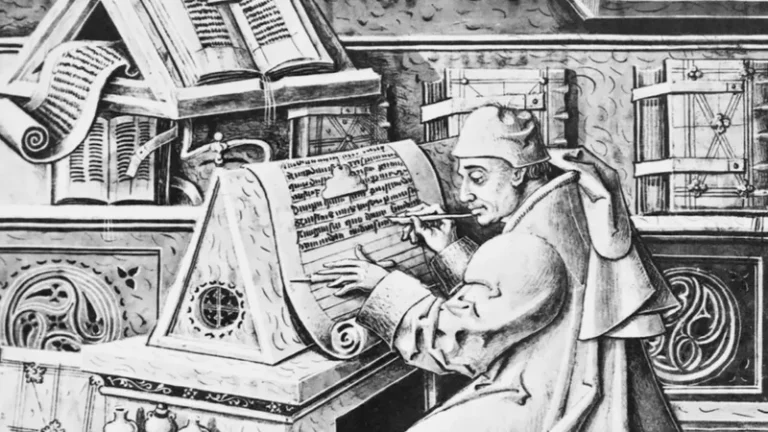Dive into a mesmerizing journey through time as we unveil the beauty and complexity of ancient art from across the globe. 🌎 We’re about to embark on a cultural exploration that is sure to captivate your curiosity and enrich your understanding of human creativity.
In this captivating exploration, we will delve into the heart of civilizations long past, examining timeless masterpieces that continue to intrigue and inspire us today. 🖼️ From the meticulous hieroglyphics of Egypt to the awe-inspiring sculptures of Greece, from the meticulous brush strokes of ancient China to the vibrant tribal art of Africa, we will travel through time and space to experience the enduring beauty of ancient art.
Each masterpiece is a testament to the human spirit, a window into the minds and hearts of our ancestors. We’ll examine the techniques, materials, and symbolism employed, unveiling the layers of meaning embedded in each work. 🕵️♂️ Whether you’re an art enthusiast, a history buff, or simply a lover of beautiful things, this exploration promises to engage and enlighten.
So, sit back, relax, and prepare to be transported to the ancient world. Get ready to marvel at the timeless masterpieces that have withstood the test of time, serving as vivid reminders of the sophistication and ingenuity of ancient civilizations. Ready? Let’s embark on this exciting journey together! 🚀
Ancient Egyptian Art
From the dawn of civilization, the ancient Egyptians were expressing their beliefs, culture, and history through a variety of sophisticated and symbolic art forms. Nestled along the life-giving banks of the Nile River, Egyptian civilization flourished for over three millennia, leaving behind a legacy of artistic brilliance that still captivates the modern world. Much of this art was intimately connected to their spiritual and religious beliefs, serving both decorative and sacred functions.

One of the most remarkable features of ancient Egyptian art is its consistency over time. Despite changes in political power and dynastic rule, the artistic style remained remarkably stable. This was largely due to the religious importance attached to visual representation—art was not created for novelty or self-expression, but as a means to preserve cosmic order (Ma’at) and ensure a harmonious transition to the afterlife.
Tomb art is among the most iconic of Egyptian creations. Inside the burial chambers of pharaohs and nobility, elaborate murals depicted scenes of daily life, rituals, and journeys through the afterlife. These images were not merely decorative; they were believed to bring life and sustenance to the deceased in the spiritual realm. Artists followed strict conventions regarding posture, scale, and perspective—figures were typically shown in composite view: heads and legs in profile, but torsos facing forward, ensuring symbolic clarity over realism.
In addition to wall paintings, reliefs and sculptures adorned temples, palaces, and shrines. Pharaohs were often immortalized in colossal statues meant to project divine authority and eternal power. These statues, carved in granite or limestone, displayed a stylized ideal of the human form, with a focus on symmetry, youthfulness, and strength—traits believed to reflect the godlike nature of the ruler.
Color also played a vital role in Egyptian art. Each hue carried symbolic meaning: green represented fertility and rebirth, red conveyed vitality and power, and blue symbolized the heavens or the Nile. The careful application of color enhanced the spiritual energy of the artworks and reinforced their ritual significance.
Egyptian artisans also excelled in crafts and decorative arts, producing stunning jewelry, amulets, coffins, and papyrus illustrations. These items reflected both artistic skill and deep spiritual meaning, often designed to protect or guide individuals in both life and death.
Ultimately, ancient Egyptian art is a mirror into a civilization deeply invested in the divine, the eternal, and the sacred. Its visual language transcends time, continuing to fascinate and inform our understanding of one of history’s most enduring cultures.
The Symbolism and Color in Egyptian Art
Art in ancient Egypt was far more than mere decoration—it was a visual language, deeply embedded in the spiritual and cultural fabric of society. Each element, from posture and proportion to color and composition, was chosen with careful intent to convey layers of symbolic meaning. Egyptian art was primarily created for religious, ceremonial, and funerary purposes, designed to connect the physical and divine realms and ensure balance in both life and the afterlife.
One of the most striking aspects of this art is its symbolism, especially in the use of color. Far from being decorative, each color held specific significance. Green represented fertility, regeneration, and rebirth, often seen in depictions of Osiris, the god of the afterlife. Red symbolized power, vitality, but also chaos and danger, depending on context. Blue was associated with the heavens, the Nile, and divine protection. Gold, often reserved for depictions of gods and pharaohs, symbolized eternity and the flesh of the gods.
Shapes and forms also carried powerful meanings. Gods were often depicted with human bodies and animal heads, representing their divine attributes. For instance, Anubis, the jackal-headed god, was connected to mummification and the afterlife. Size and positioning indicated importance—pharaohs were portrayed larger than other figures, and hierarchical arrangements in compositions made social status visually clear.
Even the choice of materials added symbolic weight. Precious stones, gold leaf, and rare pigments were used not just for beauty but to evoke divine energy and immortality.
Ultimately, Egyptian art was highly codified, with each element working in harmony to preserve spiritual balance, celebrate divine authority, and prepare the soul for eternity. This rich visual symbolism continues to intrigue scholars and viewers alike, offering deep insights into how the ancient Egyptians viewed life, death, and the cosmos.
Egyptian Hieroglyphs
Another unique and defining aspect of Egyptian art is the use of hieroglyphs, a highly developed system of pictorial writing that served both practical and sacred purposes. Composed of over 700 distinct symbols, hieroglyphs were more than just writing—they were a visual extension of art itself, often integrated seamlessly into wall carvings, statues, and sarcophagi with aesthetic precision and symbolic intent.

Although the Egyptians were not the first civilization to develop pictographic writing, they elevated the practice to an extraordinary level of sophistication. Hieroglyphs could represent sounds (phonograms), ideas (ideograms), and determinatives—symbols that clarified meaning or categorized words. This complex but elegant system allowed for both concise and poetic communication, enabling scribes to convey nuanced theological, political, and philosophical ideas.
Hieroglyphs were used in a vast array of contexts, from monumental inscriptions on temples and tombs to sacred religious texts like the Pyramid Texts, Coffin Texts, e Book of the Dead. These writings were often meant to guide the deceased in the afterlife, detailing spells, prayers, and moral codes to ensure safe passage and divine favor.
Importantly, the ability to read and write hieroglyphs was reserved for a specialized class of scribes, who underwent years of rigorous training. Literacy was a powerful tool, granting access to administration, religious interpretation, and societal prestige.
The decipherment of hieroglyphs in the 19th century—thanks to the discovery of the Rosetta Stone and the work of Jean-François Champollion—opened an entirely new window into ancient Egyptian civilization. Today, hieroglyphs remain a fascinating subject of study, offering scholars and enthusiasts alike a direct connection to the thoughts, beliefs, and daily life of one of history’s most iconic cultures.
The Classical Art of Greece and Rome
The classical world of Greece and Rome has left a profound and lasting artistic legacy that continues to influence Western aesthetics to this day. Renowned for its emphasis on harmony, proportion, and realism, classical art sought to capture the idealized beauty of the human form and the balance between man and nature.
In ancient Greece, art was deeply intertwined with philosophy and civic life. Sculptors like Phidias e Polykleitos revolutionized the representation of the human body, introducing naturalistic poses and refined anatomical detail. Their pursuit of ideal beauty gave rise to masterpieces such as the Discobolus and the sculptures of the Parthenon.
O Romans, while heavily influenced by Greek art, brought their own innovations. They emphasized pragmatism and grandeur, especially in architecture and public art. Bust portraits capturing individual likenesses, monumental arches, and richly decorated mosaics and frescoes adorned cities and villas across the empire.
Both cultures viewed art as a means to celebrate human achievement, express civic pride, and honor the divine. The legacy of their artistic principles—symmetry, clarity, and balance—can still be seen today in everything from public monuments to neoclassical architecture and modern sculpture.
Greek Sculpture and Architecture
The ancient Greeks were master sculptors. The art of sculpture reached unprecedented levels of realism during the classical period, with sculptures such as the Parthenon Marbles and the Venus de Milo becoming iconic examples. Greek architecture, characterized by its grand temples and elaborate use of columns, has also had a profound impact on Western architecture.
Roman Mosaics and Frescoes
While the Romans were influenced by Greek art, they developed their unique style and techniques, particularly in the realm of mosaics and frescoes. Roman mosaics, composed of small pieces of colored stones or glass, depicted scenes from mythology, history, and everyday life. Frescoes, wall paintings on wet plaster, were common in Roman homes and public buildings, displaying a range of subjects from portraits to landscapes.
The Ancient Art of China
Chinese art, with its deep roots and continuous development over thousands of years, offers a window into the spiritual, philosophical, and social aspects of ancient Chinese civilization.

Chinese Calligraphy and Painting
The art of calligraphy and painting holds a special place in Chinese culture. Calligraphy, the design and execution of lettering, was considered the highest form of visual art. Chinese painting, on the other hand, is known for its emphasis on landscape and nature. The two art forms often merged, with calligraphic inscriptions appearing in paintings, adding a literary dimension to the visual art.
Chinese Ceramics and Bronzes
Another significant contribution of ancient China is its ceramics and bronzes. Chinese pottery, particularly porcelain, is famous worldwide for its beauty and durability. Bronze was used extensively in ritual vessels, weapons, and musical instruments, with intricate designs and inscriptions reflecting the social and religious practices of the time.
The Ancient Art of India
Indian art is an amalgamation of indigenous and foreign influences, reflecting the country’s rich history and cultural diversity.
Indian Sculpture and Architecture
Sculpture and architecture are two dominant art forms in ancient India. The intricately carved stone and metal sculptures depict Hindu, Buddhist, and Jain deities. Indian architecture, ranging from the rock-cut temples of Ajanta and Ellora to the magnificent Taj Mahal, exhibits a great variety of styles and techniques.
Indian Miniature Painting
Indian miniature painting, a detailed and colorful art form, developed in the courts of the Mughal emperors. These miniature paintings, often illustrating historical events or religious epics, display a unique blend of Persian and indigenous Indian styles.
Each of these ancient civilizations, with their unique art forms and techniques, has left an indelible mark on the history of art. They continue to inspire and influence modern artists, reminding us of our shared human heritage and the timeless appeal of art.
Conclusão
“Timeless Masterpieces: Exploring Ancient Art from Every Corner of the Globe” presents an all-encompassing exploration of the richness and diversity of ancient art worldwide. This article serves as a key resource for appreciating the profound influence that these enduring creations have had on the trajectory of human history and cultural evolution. It highlights the unifying thread of artistic expression that transcends geographical boundaries and epochs, emphasizing the shared human experience inherent in these artefacts.
This journey into the world of ancient art offers an insightful perspective into the minds of our ancestors, revealing their values, beliefs, and worldview. Furthermore, the captivating images and detailed descriptions provide an immersive experience for readers, stimulating curiosity and inspiring further research into this fascinating subject.
The enduring allure of these ancient masterpieces is a testament to their timeless relevance, continuing to resonate with modern audiences due to their universal themes and exquisite craftsmanship. Their influence extends beyond the realm of art, permeating various aspects of modern life, including fashion, architecture, and design.
Therefore, “Timeless Masterpieces” is more than just an exploration of ancient art; it is a celebration of our shared heritage, a tribute to human creativity, and a reminder of the power of art to connect us across time and space. It invites us to not only appreciate these masterpieces but to also explore the depths of our own creative potential.



